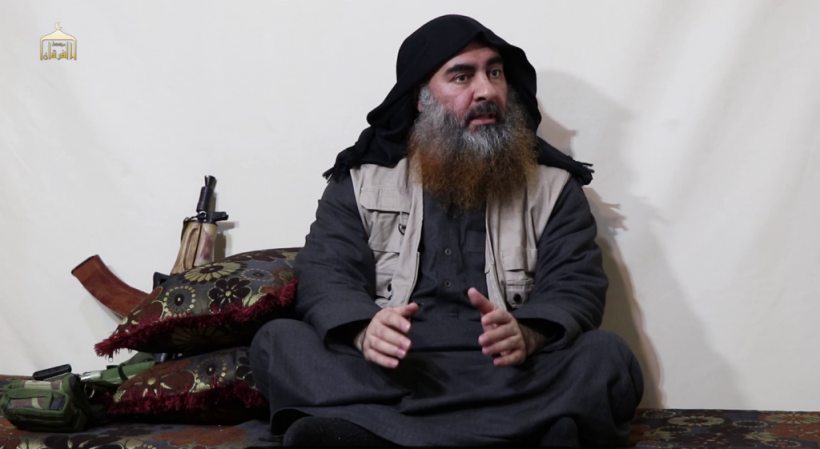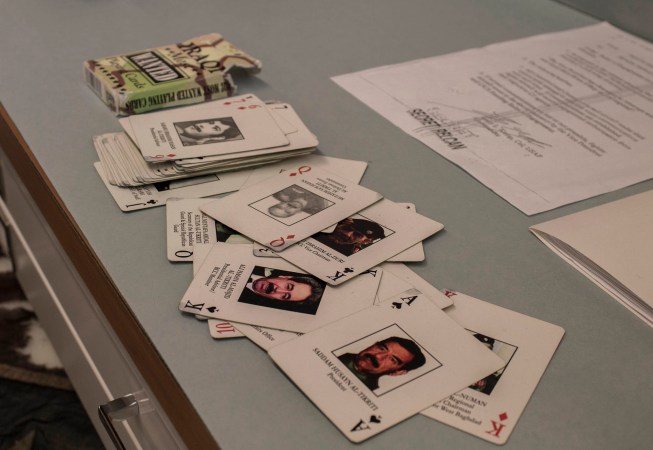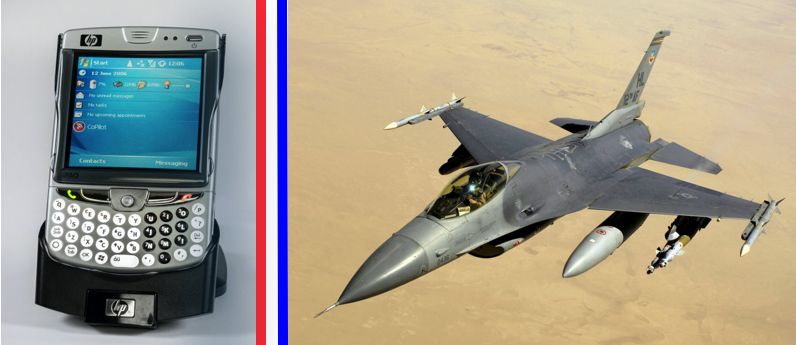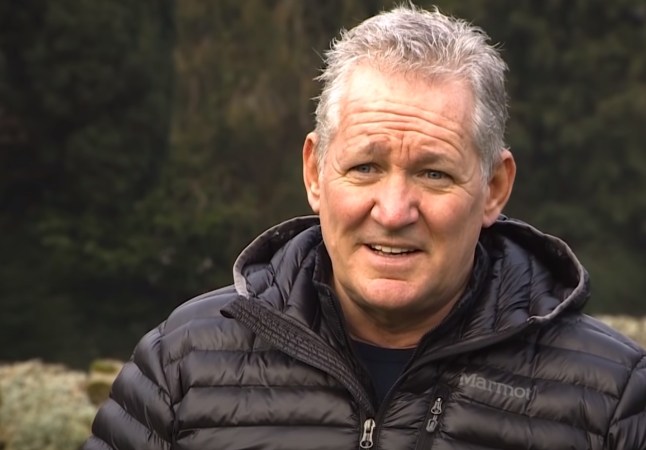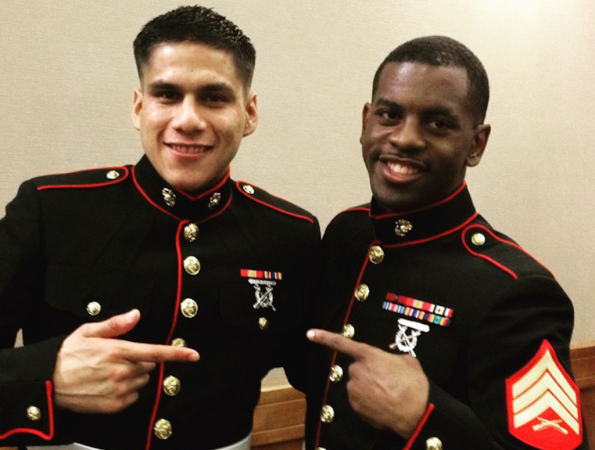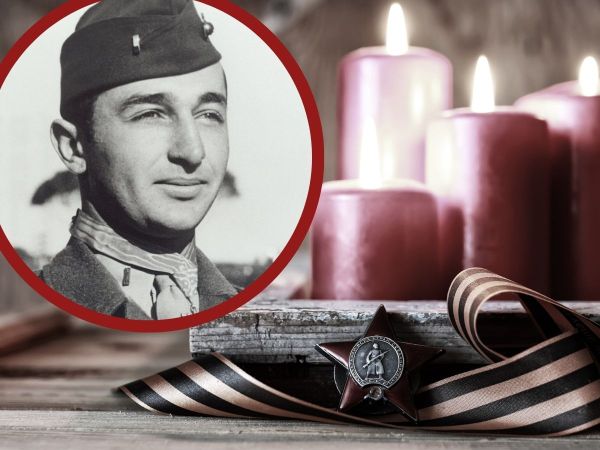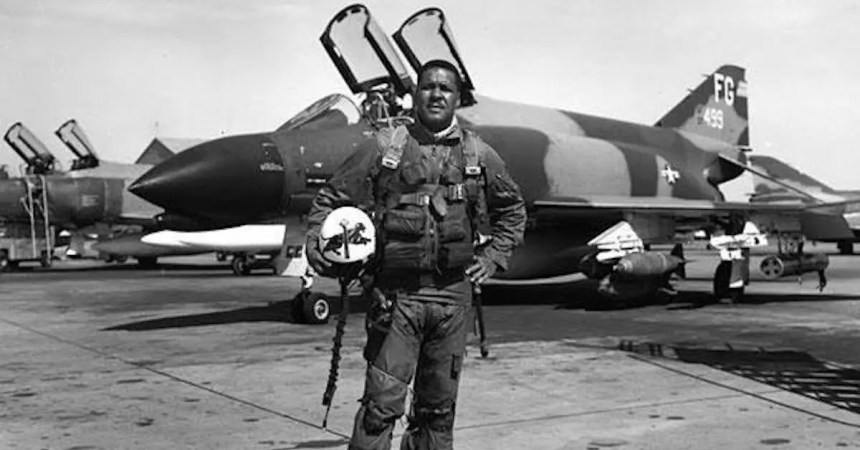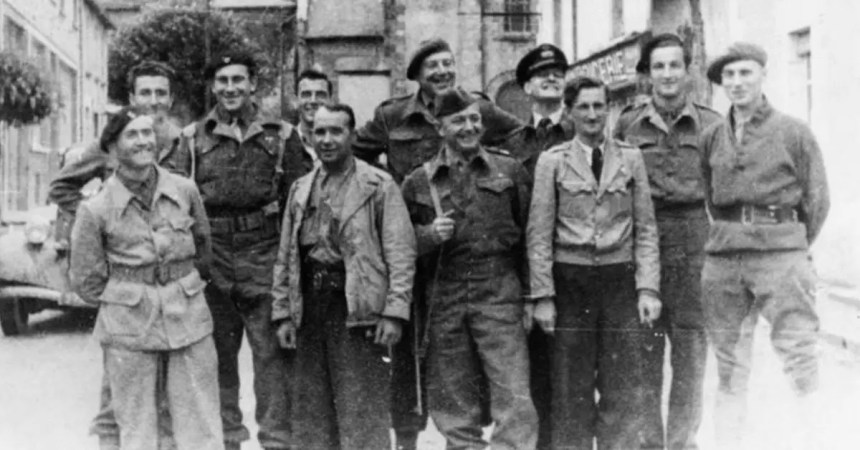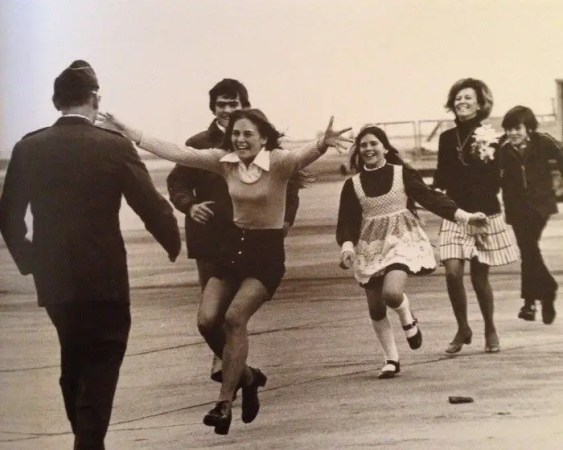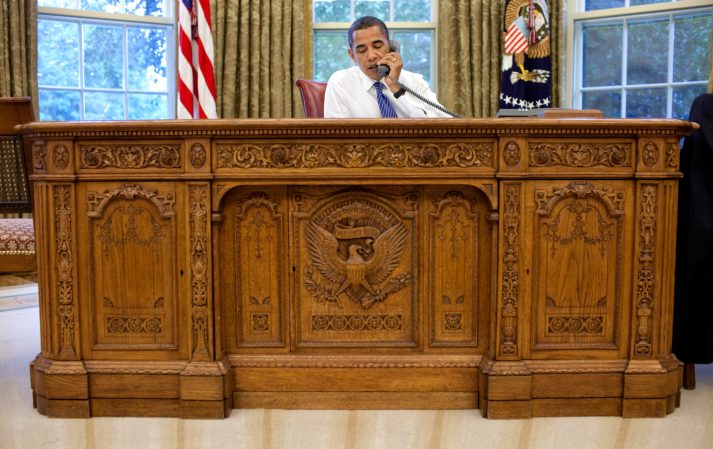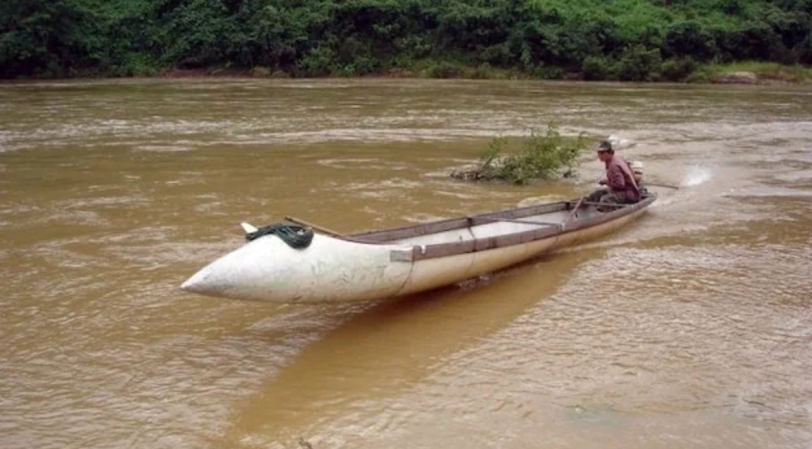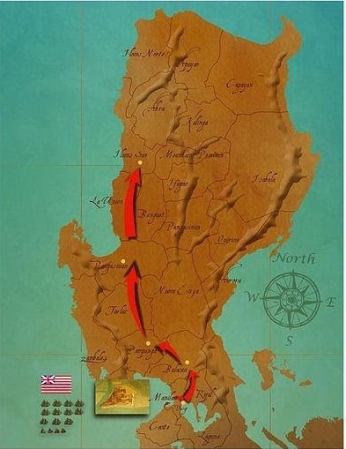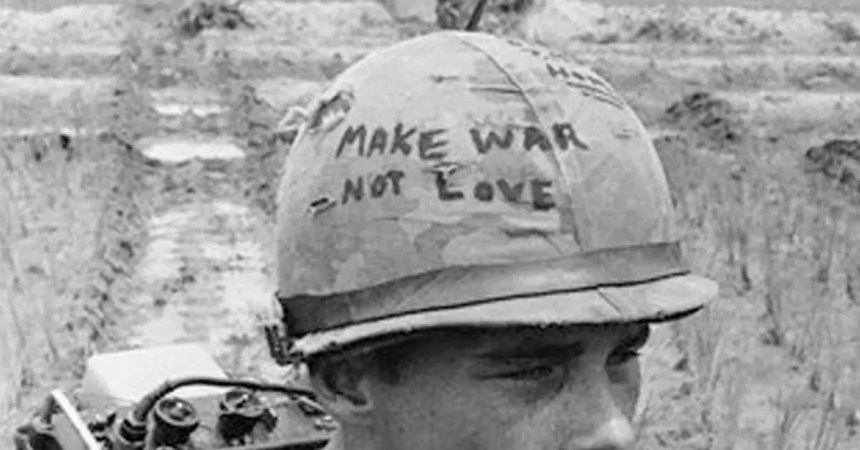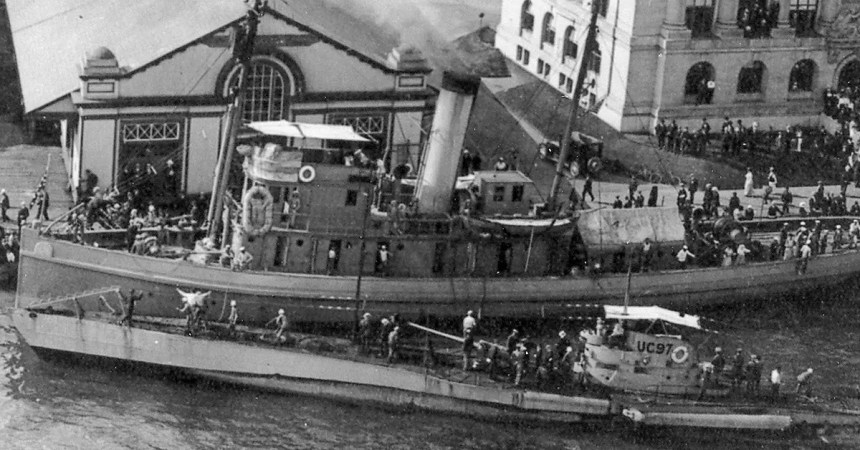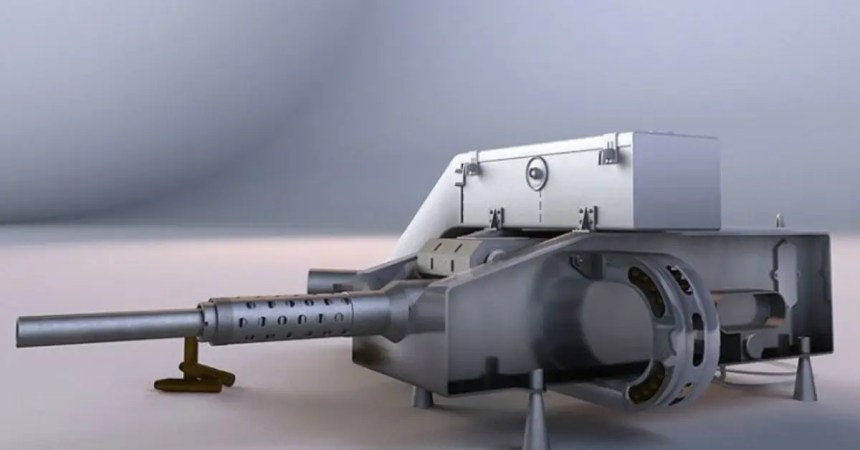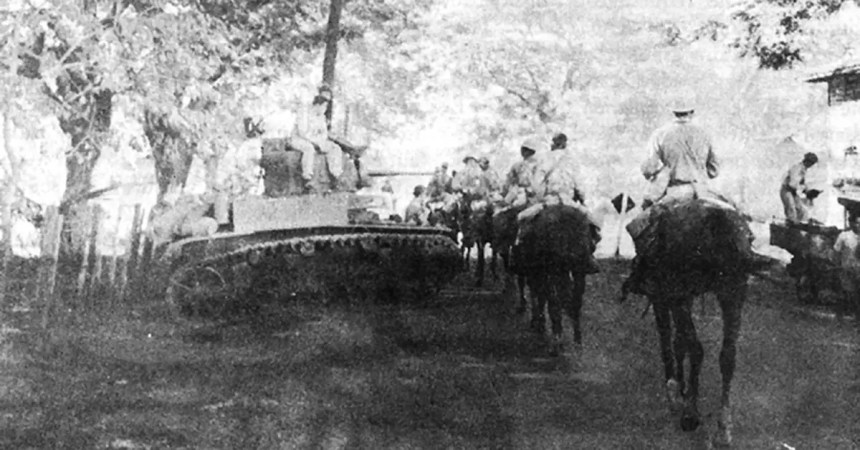Once dubbed “the world’s most dangerous road,” the 7.5-mile stretch from Baghdad’s Green Zone to the airport was called “Route Irish” during the American-led occupation of Iraq.
It was a fitting introduction to the country during the height of the war. For years, Route Irish was a trial by fire: if you survived the drive from the airport, you would be ready for anything.

The Americans and British had a hard time controlling the road for nearly two years. Most taxi drivers refused to go anywhere near it and those that did sometimes got caught up in the mix between the insurgency and the occupation forces. It wasn’t just dangerous for troops; it was dangerous for everyone.
1. It was an easy target.
Irish was the direct airport road, connecting the International Zone (aka the “Green Zone”) with BIAP and the Victory Base Complex. Insurgents of all brands, from loyalists to al-Qaeda in Iraq terrorists knew coalition forces were based along the road and knew they would have to use the road and the areas adjacent. Irish became a magnet for bullets, rockets, mortars, VBIEDs, and hidden IEDs.

Suicide bombers lurked on the exit ramps and road crews repairing holes from previous attacks buried IEDs. It became so bad, that by December 2004, State Department personnel were banned from using Irish and troops began calling it “IED Alley.”
2. The road was a bumpy ride.
All those explosive impacts created craters in the asphalt and littered the road with husks of destroyed vehicles. Besides making the trip seem like you were riding a bucking bronco for miles on end while dodging obstacles, the hastily filled-in holes created by explosions made the trip much longer than it had to be. The craters and garbage also made it easy for insurgents to hide IEDs.

Riding in a Bradley in 127-degree heat with little light and less air flow makes the 8-minute ride seem like it takes hours. Bumping your head on the side of this hotbox a few times will make anyone appreciate a foot patrol or IED sweep.
3. Getting aboard “the Rhino” was intimidating.
“The Rhino” was a Rhino Runner, a 22-seat bus with heavy armor, designed by Florida-based Labock Technologies. Troops, contractors, and VIPs traveling to and from Victory Base, BIAP, or the Green Zone had to mount up into the belly of this behemoth. Looking at this veritable mountain of a vehicle made the first time fobbit on his or her way to Iraqi Freedom’s nerve center think twice about whether or not they could conduct their business via email.

In November 2004, a three Rhino convoy was ambushed on Route Irish with a 250-pound suicide VBIED that made a crater 6 feet wide and 2 feet deep. A dust cloud over 1,000 feet long could be seen for miles around the city. There were no injuries to the 18 people in the vehicle.
4. The road required constant patrols.
Eventually, Irish would be secured by American troops using concrete obstacles, Iraqi Army units, and taking control of the neighborhoods adjacent to the road. Until then, Coalition forces had to keep the road as clean as possible and remove the blown-up car carcasses.

At one point, the Boston Globe reported the U.S. Army dedicated an entire battalion of the 10th Mountain Division to keeping the road as clear and safe as possible. This opened the troops up to constant attacks from suicide bombers, a tactic the military could do little to prevent short of destroying the car before it reached the target.
5. If the attacks weren’t dangerous enough, the Iraqi drivers were.
Because of the frequency and severity of attacks on American and other Coalition personnel (and sometimes sectarian violence) drivers in the city put the pedal to the metal while driving along the road. They so slow down for U.S. vehicle convoys because the turret gunners have no problem taking a few shots at a tailgater.

Iraqis drove the highway at high speeds, veering away from the median (a potential source of IEDs) except when they were veering away from the exits (a source of suicide VBIEDs), and randomly weaved while driving under overpasses for fear of someone dropping something on them.
Civilians who wanted a ride from the Sheraton to the airport could easily hire their own armored shuttle service – for the deeply discounted price of $2,390 each way.




